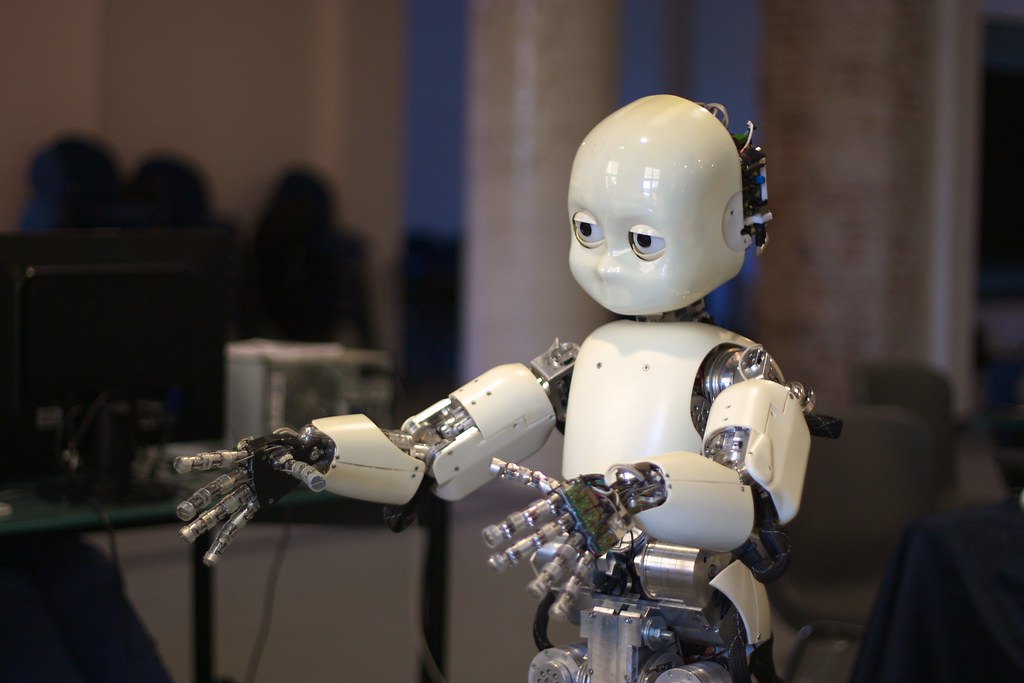By Gasser Saleh / 2021-06-11
Video games are more popular and more profitable than ever before. Having come a long way since the arcade hits of decades past like Pong and Pac-Man, modern video games often have incredible photorealistic 3D graphics as well as complex narratives and engaging storylines that have helped them outperform even cinema in terms of profit and share of the entertainment industry. Video game players get to become part of the narrative by virtually embodying characters through gameplay, which often runs for over 20 hours or more, rather than just observing the story from the outside for 1-2 hours of film. As a result, people often report that video games can to some extent elicit far stronger emotional responses than movies, making it somewhat unsurprising that many games end up with cult-like followings of devoted fans waiting anxiously for the next release.
The general assumption made by both video game producers and computer hardware manufacturers is that more refined graphics will lead to more emotional engagement in the game. While this is certainly true for scenery, objects, and even the costumes and hairstyles of characters, there may be an interesting exception to the rule when it comes to faces. I am a gamer myself and when a character cries, I rarely feel truly emotional for them even though I’m a true weeper when it comes to some very cartoony movies. I decided to take a closer look at why this might be the case and whether I’m really an outlier in my apparent immunity to video game-induced emotions. Am I the only one who just feels kind of creeped out when I see a photorealistic 3D-animated face getting emotional on my screen, or is there a scientific reason that both real-life humans and cartoon characters can make me cry but a life-like animated person can’t?

